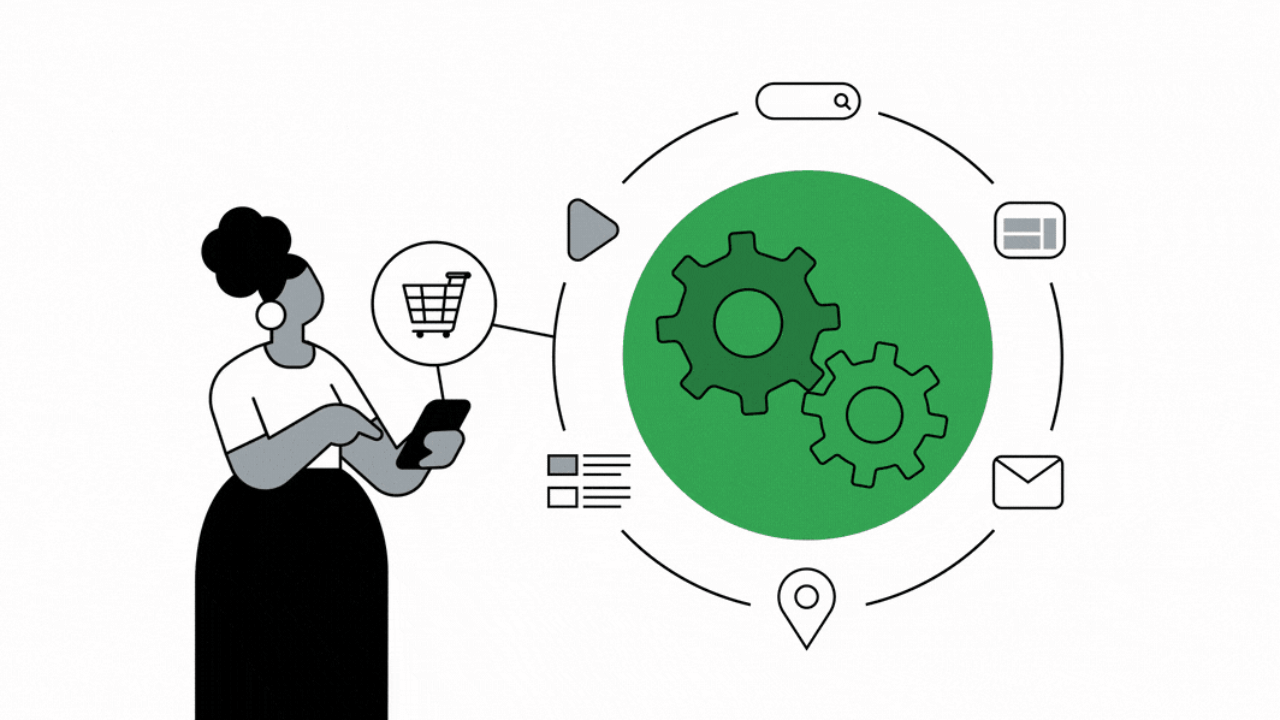If you’re a marketer looking for ways to measure results and optimise growth amid privacy-related changes in APAC, there are two key things you need to know: that you’re not alone, and there are privacy-safe ways of measuring what matters.
Our recent study with Forrester Consulting shows that three in four APAC marketers surveyed are concerned about the impact of privacy-related changes on the pursuit of their marketing objectives.1 This includes how the changes affect the way campaign performance is measured, and finding the right talent to deliver on the changes.
A key factor at play is the 80% of consumers in APAC who say that online privacy is an important topic.2 People want to know how their information is being used. In response, some regulators and platforms have restricted the use of device IDs and third-party cookies — which advertisers have long relied on to reach relevant audiences and measure results.
The change means there’s less third-party data available to evaluate campaign performance. But some marketers have forged ahead to find privacy-safe ways of measuring what matters. This brings us to our next important point.
Marketers have built future-ready measurement strategies by prioritising first-party data, relying on conversion modelling, and strengthening partnerships.
Savvy marketers, as our study finds, have successfully built a measurement strategy that supports their marketing objectives while keeping people’s information safe. Their winning approach includes: prioritising first-party data, relying on conversion modelling to fill in the blanks, and strengthening their collaborations with existing advertising partners.
Here’s how they made it happen, and how your business can do it too.
Prioritise first-party data to improve reach and impact
One in three APAC marketers surveyed are looking to improve how they gather and use first-party data to reach more relevant audiences and grow their business.3 And those who’ve done so have seen payoffs.
A study by BCG found that when first-party data is used effectively in marketing, brands can generate twice the amount of incremental revenue from a single ad, communication, or outreach, and they see a 1.5X improvement in efficiency.
For Taiwan’s health food and beauty brand BHK’s, tapping into its online and offline first-party data using Customer Match enabled it to re-engage existing customers through its Video action campaigns. The result was a conversion rate at least 4X higher than when it used third-party identifiers to reach custom audiences or those with an affinity.
To grow your brand’s first-party data, be transparent when seeking consent from users to share their information. Tell them what information will be used and how, and explain the value they will get in exchange for sharing information, so that it’s easy for them to understand and say yes.
Rely on conversion modelling to accurately fill in the blanks
As privacy regulations increase and browsers phase out cookies, marketers will no longer be able to rely on third-party identifiers to analyse customers’ paths to conversion and use the information to optimise the purchase journey. Conversion modelling can help bridge the gap.
Powered by machine learning, conversion modelling assigns connections between ad interactions and conversions that would otherwise be unobservable. This process not only preserves the privacy of users, it also provides a more comprehensive view of marketing efforts, a better way to quantify the impact, and accurate insights to optimise the outcomes.
How conversion modelling delivers accurate measurement
Given the benefits of conversion modelling, it’s no surprise that half of the APAC marketers surveyed are already using it, and half of the remaining respondents say they plan to use it.4 To create a robust foundation for modelling, you can use durable tagging on your website to help you measure the full customer journey.
Strengthen collaborations with advertising partners
Developing a first-party data strategy and using conversion modelling require brands to have access to the relevant technology and the expertise to use it. To do this in an agile way, savvy marketers have chosen to collaborate with trusted advertising partners who have the necessary skills.
Half of the APAC marketers surveyed say they expect to work with their existing ad tech partners to develop privacy-first measurement solutions,5 allowing them to improve audience reach and business results.
One brand that has done this is McDonald’s Hong Kong. To boost its in-app orders and in-store pick ups during the pandemic, it worked with its data analytics partner Media.Monks and its media agency OMD, to engage with the most relevant audiences.
Media.Monks used Google Analytics 4 to analyse McDonald’s real-time conversion data and identify customers who are most likely to make a purchase in the next seven days. OMD then used App campaigns for engagement to reach this audience group with precision and at scale. As a result McDonald's increased conversions by 5.5X and decreased cost per acquisition by 63%.
As the privacy landscape across APAC continues to evolve, it is important for your brand to have privacy-first measurement strategies in place that keep pace with the changes. APAC marketers who’ve pushed ahead show that it’s possible to unlock accurate measurement and insights from first-party data and conversion modelling, and that there are clear benefits to working with partners who have expertise in these areas.








